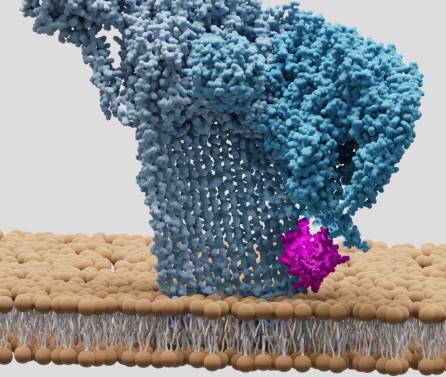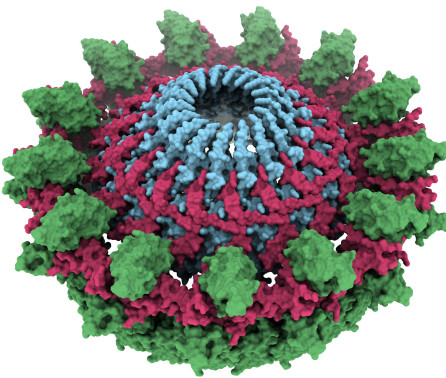BibTex format
@article{van:2008,
author = {van, Thor JJ and Ronayne, KL and Towrie, M and Sage, JT},
journal = {Biophys J},
pages = {1902--1912},
title = {Balance between parallel ultrafast excited state proton transfer reactions in GFP has a structural origin.},
url = {http://www.ncbi.nlm.nih.gov/pmc/articles/PMC2483774/?tool=pubmed},
volume = {95},
year = {2008}
}

